Eamon de Valera has largely been forgotten by most of the world outside of the British Isles. However, he was an imposing figure in Irish history. He was the founder of the Fianna Fáil party and helped to establish the Irish constitution. Many people state that de Valera is largely responsible for founding the modern Irish state.
While he was a colossus in the political arena, his tenure was not without controversy. One of the most controversial actions in his career took place in 1945 at the end of WWII. It is important to first note that Ireland was neutral during the war and had an independent foreign policy.
The controversial incident took place on May 2, 1945. The Taoiseach and Minister for External Affairs, de Valera, along with the Secretary of External Affairs visited Dr. Hempel, the German Minister to Ireland. While this might not seem strange or controversial for the time, it was the purpose of the visit that caused outrage.
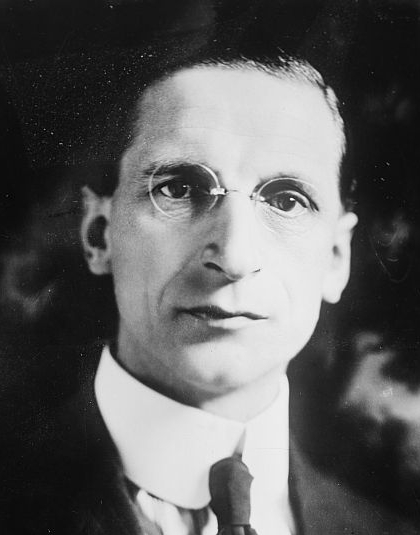
The visit was made to express the Taoiseach’s condolences, for the visit took place just two days after Adolf Hitler committed suicide in a bunker in Berlin. The condolences were obviously for the leader of the Nazi Party and his consort Eva Braun.
De Valera was not the only Irish politician to offer condolences. Irish envoys in other countries visited the German embassies in their respective locations to offer condolences. One of these envoys was Leopold Kerney who was stationed in Spain.
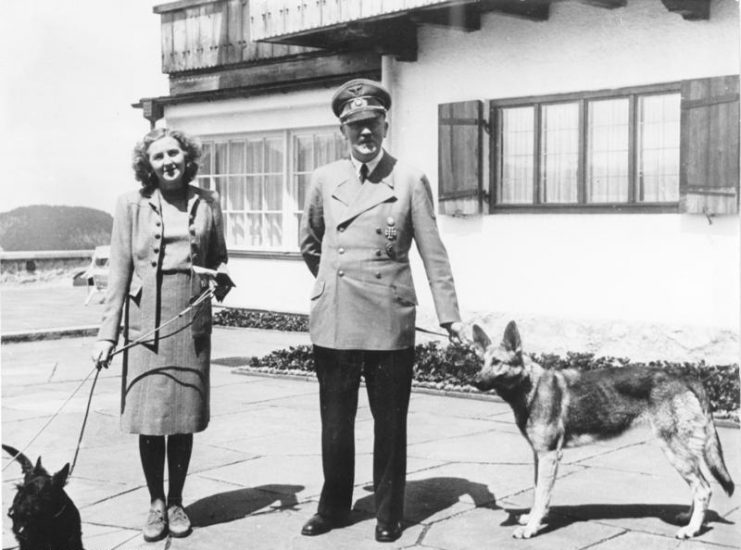
This was a controversial act as Ireland became the only Western European democracy to offer condolences for the passing of Hitler. This placed de Valera in the company of European fascist dictators António de Oliveira Salazar and Francisco Franco, for their governments were the only others in Europe to offer their condolences to Nazi Germany.
The controversy of this action was exacerbated by the fact that the entire Irish government was not behind it. The assistant secretary of the Department of External Affairs is said to have begged de Valera not to go to the German embassy. Other members of the government also voiced their discontent with the action.
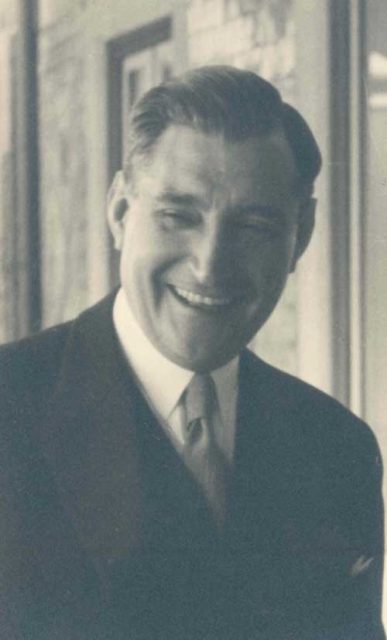
Many of them might have felt blindsided by the action because de Valera had never expressed support or admiration for Nazi Germany. Now, the Irish government was being praised by the British Union of Fascists for their honoring a man whom they called the greatest German in history.
Rebuke did not come only from de Valera’s government once the news broke. The global media was quick to publish the news and pile on the condemnation.
The New York Times ran an editorial which questioned the true neutrality of the Irish government. The New York Herald Tribune also questioned the neutrality that de Valera was known for during the war. The Washington Post ran an editorial that did not question whether the action was correct, but did carry a level of rebuke.
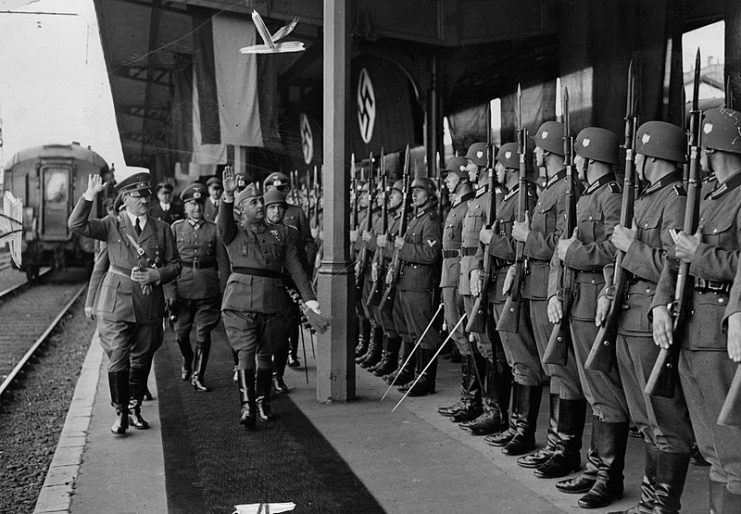
The international press was not alone in their anger at the condolences. Irish-Americans also condemned the action, and many wrote into local newspapers to express their disdain. U.S. President Harry Truman and British Prime Minister Winston Churchill also criticized de Valera for his actions.
All of the condemnation would make many people retract their statements, but de Valera was different. He insisted that his actions were part of diplomatic protocol and stated that not sending condolences would have been a discourtesy to Germany. After all, Hitler was the head of the German state, regardless of his actions. The Irish playwright George Shaw praised de Valera, saying that he was a champion of Christian chivalry and that he had a noble heart.
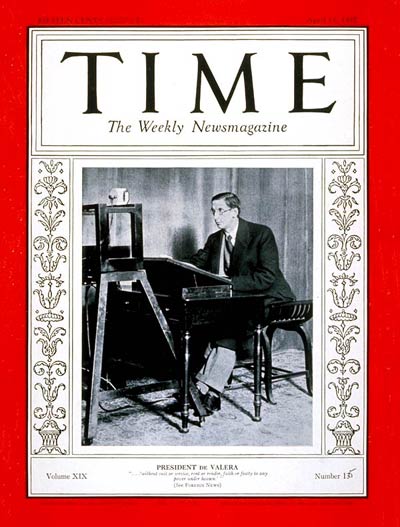
In a letter written to his close friend and the Irish ambassador to the United States, he noted that his visit was played up internationally. He also stated that Dr. Hempel’s conduct during the war had been beyond reproach. He was always friendly, so de Valera would not add to Hempel’s humiliation in his country’s hour of defeat.
Read another story from us: Hitler Thought Strategically About Which Nations to Invade
While there was a lot of controversy over de Valera’s actions, there were no explicit international consequences. There was talk about recalling the U.S. and British envoys to Ireland, but it never materialized. This extreme course of action was seen as unnecessary by the Allies.
The true consequences of de Valera’s controversial action were subtler, and a display of the anger felt by Churchill and Truman. In the months following the war, Ireland experienced coldness from the Allies when it came to getting supplies, which were scarce at the time.
